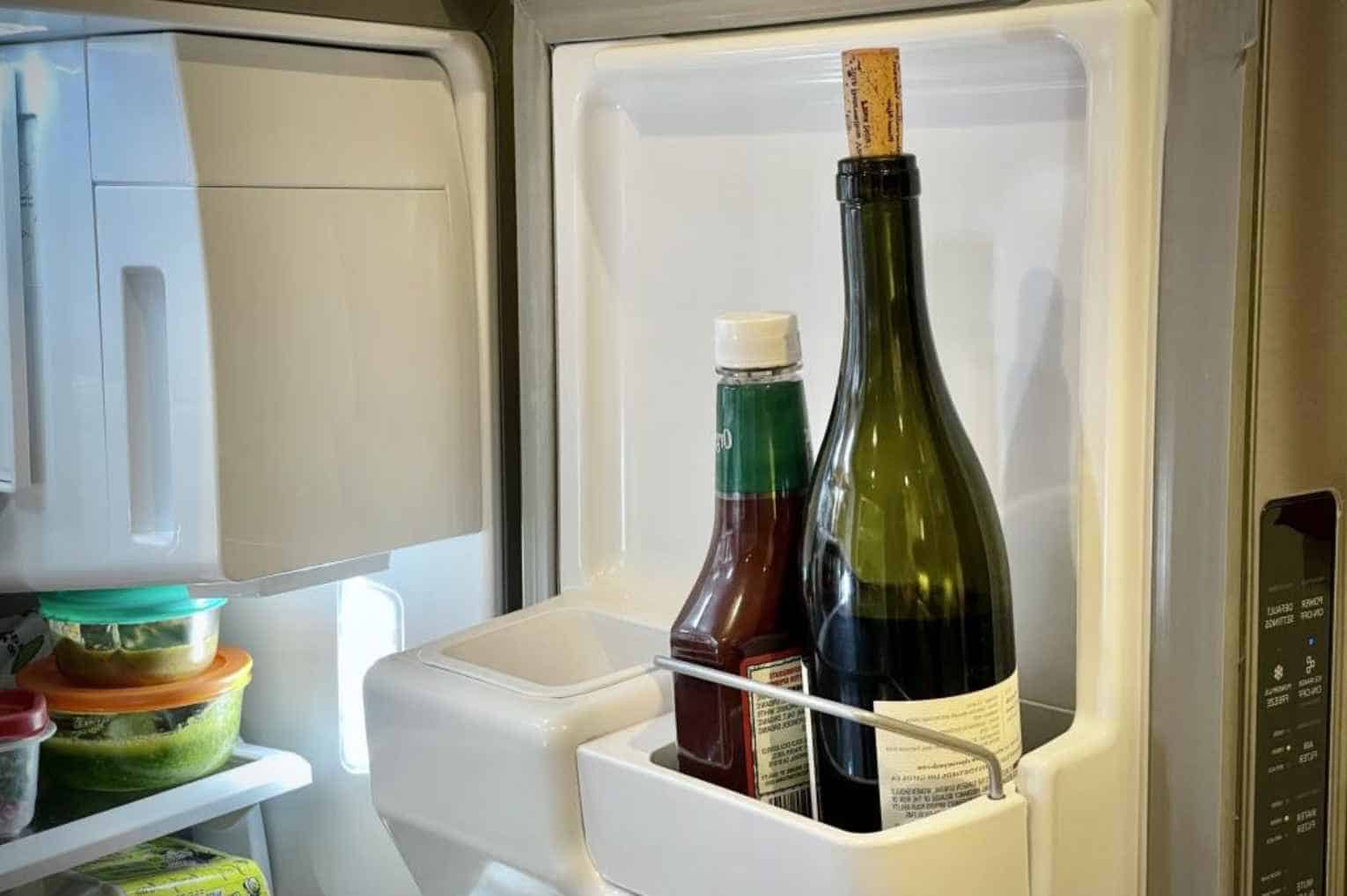

Articles
How To Store Red Wine After Opened
Modified: December 7, 2023
Learn how to store opened red wine properly to extend its freshness and flavor. Read our informative articles for tips and tricks on preserving your favorite wine.
(Many of the links in this article redirect to a specific reviewed product. Your purchase of these products through affiliate links helps to generate commission for Storables.com, at no extra cost. Learn more)
Introduction
Red wine is a beloved beverage enjoyed by many wine enthusiasts around the world. Whether you are uncorking a bottle to enjoy with a special meal or indulging in a glass of your favorite red after a long day, it’s important to know how to properly store red wine after opening to maintain its quality and flavor.
Proper storage is essential in preserving the taste and aroma of red wine. When exposed to air, wine undergoes oxidation, which can lead to the deterioration of its flavor profile. Additionally, changes in temperature and exposure to light can also negatively impact its quality. By following some simple guidelines, you can ensure that your opened red wine stays fresh for longer.
In this article, we will explore the best practices for storing red wine after opening and discuss various methods you can utilize to keep your wine at its best. Whether you have a bottle, box, bag-in-box, vacuum-sealed bottle stopper, or a decanter, we have you covered with expert tips and suggestions.
So, let’s dive in and discover the secrets to storing red wine after opening, ensuring each sip is as enjoyable as the first.
Key Takeaways:
- Proper storage of red wine after opening is crucial to preserve its flavor and aroma, extend its shelf life, and protect your investment in premium bottles.
- Understanding how long you can store red wine after opening and recognizing signs of spoilage are essential for enjoying this beloved beverage to the fullest.
Why Proper Storage Matters
Proper storage of red wine is crucial for maintaining its quality and preserving its flavor. Here are a few reasons why you should pay attention to how you store your opened bottles:
- Preserve Flavor and Aroma: Red wine is known for its complex flavor profiles and delightful aromas. However, exposure to air can lead to oxidation, which can cause the wine to taste flat or develop unpleasant aromas. By storing red wine properly, you can slow down the oxidation process and retain the wine’s original characteristics.
- Extend Shelf Life: When wine is exposed to air and not stored correctly, it can spoil more quickly, leading to a shorter shelf life. By taking the necessary precautions, you can extend the longevity of your opened red wine and enjoy it over multiple sittings.
- Enjoy Consistency: Consistency is key when it comes to enjoying red wine. By maintaining proper storage conditions, you can ensure that each glass of wine maintains its consistent taste and aroma, allowing you to fully appreciate and savor the wine.
- Protect Investment: Red wine can often be a significant investment, especially when you have premium bottles in your collection. Properly storing your opened red wine helps protect your investment and ensure that you can enjoy the wine’s quality and value over time.
Now that we understand why proper storage is important, let’s delve into some general guidelines and tips for storing red wine after opening.
General Guidelines for Storing Red Wine after Opening
When it comes to storing red wine after opening, there are some general guidelines and best practices to keep in mind. By following these tips, you can maximize the shelf life of your opened bottle and ensure that it remains enjoyable:
- Re-Seal the Bottle Tightly: After opening a bottle of red wine, make sure to re-seal it tightly with its original cork or a wine stopper specifically designed for preserving opened wine. The tighter the seal, the less air will come into contact with the wine, reducing the chances of oxidation.
- Store Upright: Unlike unopened bottles, which are typically stored on their sides to keep the cork moist, it is recommended to store opened red wine bottles upright. This helps minimize the surface area exposed to air and reduces the risk of leakage.
- Keep in a Cool, Dark Place: Red wine should be stored in a cool and dark environment. Heat and light can deteriorate the quality of the wine, leading to undesirable flavors and aromas. Avoid storing red wine in direct sunlight or near appliances that generate heat.
- Avoid Extreme Temperature Changes: Rapid temperature fluctuations can be detrimental to red wine. It is best to store your opened bottle in an area with a stable temperature. Avoid placing it near heating or cooling sources, such as vents or windows.
- Avoid Strong Odors: Red wine is sensitive to strong odors. When storing your opened bottle, make sure to keep it away from any substances with strong smells, as the wine can absorb these aromas and affect its taste.
- Keep Away from Vibrations: Vibrations can disturb the sediment in red wine and potentially alter its flavor. Store your opened bottles in a place that is free from excessive movement or vibration to ensure the wine remains undisturbed.
By adhering to these general guidelines, you can help preserve the quality and taste of your opened red wine. However, depending on the container in which your red wine is stored, there are additional tips and considerations to keep in mind. Let’s explore some storage methods in more detail.
Tips for Storing Red Wine in a Bottle
If you have opened a bottle of red wine and want to store it for later enjoyment, here are some tips to ensure its freshness and flavor are preserved:
- Re-Cork the Bottle: Once you have poured your desired amount of red wine, re-cork the bottle tightly. Make sure the cork is inserted securely to prevent air from entering the bottle.
- Use a Wine Stopper: If the original cork is not available or damaged, use a wine stopper specifically designed to fit standard wine bottles. These stoppers create a tight seal and help keep oxygen out.
- Store in a Cool Environment: Keep the resealed bottle in a cool place, away from direct sunlight and sources of heat. Ideally, the temperature should be between 55°F and 65°F (13°C and 18°C).
- Avoid Temperature Fluctuations: Try to store the bottle in a location with minimal temperature fluctuations. Extreme temperature changes can affect the wine’s flavor and lead to spoilage.
- Consider a Wine Fridge: If you are an avid wine enthusiast and frequently have opened bottles to store, investing in a wine fridge is a great option. These fridges provide a consistent temperature and humidity level perfect for storing wine.
- Label the Bottle: To keep track of the storage duration and ensure you don’t confuse different wines, consider labeling the bottle with the date it was opened and, if desired, any additional notes.
- Consume within a Few Days: While red wine can last longer than white wine after opening, it is still best to consume it within a few days to maintain its flavor and quality. The exact duration will depend on the type of wine and storage conditions.
By following these tips, you can enjoy your opened bottle of red wine for a few more days while preserving its taste and character. However, if you have a box or bag-in-box of red wine, there are different storage considerations to keep in mind.
Tips for Storing Red Wine in a Box
If you have opened a box of red wine and want to store it for future enjoyment, here are some tips to help you keep it fresh and maintain its quality:
- Ensure Proper Closure: After pouring the desired amount of wine, make sure the box’s inner bag is fully sealed and closed tightly. This will prevent air from entering and oxidizing the wine.
- Store in a Cool and Dark Place: Find a cool location away from direct sunlight or heat sources to store the boxed wine. A pantry or temperature-controlled cellar is ideal for maintaining the wine’s integrity.
- Avoid Tipping or Shaking: When storing boxed wine, make sure it remains upright at all times. Tipping or shaking the box can disturb the wine and potentially lead to leaks.
- Keep Away from Strong Odors: Boxed wine, like bottled wine, can absorb strong odors. Store it away from any substances with strong smells to avoid compromising the wine’s flavor profile.
- Check the Expiration Date: Boxed wines typically have an expiration date printed on the packaging. Make sure to consume the wine before this date to ensure optimal taste and quality.
- Consume within a Few Weeks: Unlike bottled wine, boxed wine generally has a shorter shelf life once opened. It is best to consume it within a few weeks to ensure its freshness. However, this can vary depending on the specific brand and type of wine.
By following these tips, you can store your opened box of red wine in the best possible conditions, allowing it to retain its flavor and quality until you’re ready to enjoy another glass. However, if you have a bag-in-box of red wine, there are additional considerations to keep in mind.
Read more: How To Store An Open Bottle Of Red Wine
Tips for Storing Red Wine in a Bag-In-Box
If you have opened a bag-in-box of red wine and want to keep it fresh and delicious for as long as possible, here are some helpful tips:
- Ensure Proper Closure: After dispensing your desired amount of wine, make sure the tap or spout is sealed tightly to prevent air from entering the bag.
- Store in a Cool Environment: Find a cool and dark place to store the bag-in-box red wine. A pantry or a temperature-controlled cellar are excellent options to maintain a consistent temperature.
- Keep Upright: Unlike bottles or boxes, bag-in-box wines should be stored upright. This helps minimize the wine’s contact with oxygen and reduces the risk of leakage.
- Avoid Tipping or Shaking: Handle the bag-in-box carefully to prevent the wine from sloshing around and disturbing any sediment that may have settled.
- Check the Expiration Date: Bag-in-box wines typically have an expiration date printed on the packaging. Make sure to consume the wine before this date for the best taste and quality.
- Consume within a Few Weeks: While bag-in-box wines can last longer than bottled wines once opened, it is still recommended to enjoy the wine within a few weeks to maintain its freshness. However, this can vary depending on the specific wine and storage conditions.
By following these tips, you can ensure that your bag-in-box red wine stays fresh and enjoyable for an extended period. The convenience of bag-in-box packaging allows for easy dispensing while keeping the remaining wine well-preserved. However, if you have a vacuum-sealed bottle stopper, a decanter, or a carafe, you may have different storage considerations.
Store opened red wine in a cool, dark place, away from direct sunlight and heat. Use a vacuum pump to remove air from the bottle and reseal it to help preserve the wine’s flavor.
Tips for Storing Red Wine in a Vacuum-Sealed Bottle Stopper
If you have invested in a vacuum-sealed bottle stopper to preserve your opened red wine, here are some tips to ensure its longevity and quality:
- Re-Seal the Bottle: After pouring your desired amount of wine, insert the vacuum-sealed bottle stopper into the bottle’s neck. Make sure it forms a tight seal to remove excess air.
- Use the Vacuum Pump: Most vacuum-sealed bottle stoppers come with a vacuum pump. Use it to remove as much air as possible from the bottle. This reduces the wine’s exposure to oxygen, helping to preserve its flavor and aroma.
- Store in a Cool and Dark Place: Find a cool and dark location to store the bottle of red wine with the vacuum-sealed stopper. A wine cabinet or cellar is ideal for maintaining the wine’s temperature and protecting it from light.
- Minimize Temperature Fluctuations: Avoid placing the wine bottle with the vacuum-sealed stopper in areas with fluctuating temperatures. Stable temperature conditions help prevent premature aging and spoilage of the wine.
- Label the Bottle: It’s a good idea to label the bottle with the date it was sealed and any additional notes. This will help you keep track of how long the wine has been stored and ensure you consume it within a reasonable timeframe.
- Consume within a Week: While a vacuum-sealed bottle stopper can extend the shelf life of opened red wine, it is still recommended to consume the wine within a week or so to enjoy it at its best. Different wines may have varying expiration times even with a vacuum seal, so it’s important to pay attention to the specific wine’s characteristics.
By utilizing a vacuum-sealed bottle stopper, you can maintain the freshness and quality of your opened red wine for an extended period. The efficient removal of excess air helps slow down oxidation, allowing you to savor the wine over several days. However, if you prefer using a decanter or carafe, there are specific storage considerations to keep in mind.
Tips for Storing Red Wine in a Decanter or Carafe
If you have transferred your red wine to a decanter or carafe for serving and want to store the remaining wine, here are some tips to help maintain its quality:
- Re-Seal the Decanter: After pouring your desired amount of wine, reseal the decanter with its stopper or a tight-fitting lid. This helps minimize the wine’s exposure to air and slows down the oxidation process.
- Store in a Cool Place: Find a cool storage location away from heat and direct sunlight for the decanter or carafe. The cool environment helps preserve the wine’s freshness and prevents deterioration.
- Minimize Temperature Fluctuations: Avoid placing the decanter or carafe in areas with significant temperature changes. Stability in temperature contributes to the wine’s longevity and ensures it remains enjoyable when you’re ready to serve another glass.
- Keep Away from Strong Odors: Red wine can absorb strong odors, so be mindful of where you store the decanter or carafe. Keep it away from strong-smelling substances to prevent the wine from being affected.
- Avoid Excessive Movement: To prevent turbulence that may disrupt the flavor and aroma of the wine, store the decanter or carafe in a place where it is unlikely to be bumped or moved excessively.
- Consume within a Few Days: While transferring red wine to a decanter or carafe can enhance its flavor, it is still recommended to consume the wine within a few days of decanting. The extended exposure to air may lead to changes in taste and aroma over time.
By following these tips, you can store your red wine in a decanter or carafe for a short period without compromising its quality and taste. The decanter or carafe allows the wine to breathe and develop its flavors before serving, providing an enhanced wine-drinking experience. However, it’s important to understand how long you can store red wine after opening for optimal enjoyment.
How Long Can You Store Red Wine after Opening?
The duration for which you can store red wine after opening largely depends on several factors, including the type of red wine, storage conditions, and personal preferences. While red wine generally lasts longer than white wine after opening, it is still important to consider the following guidelines:
- Youthful, Fruit-Forward Red Wines: Wines with vibrant fruit flavors and minimal tannins, such as Beaujolais or lighter Pinot Noirs, are best consumed within 1-3 days of opening. These wines are more delicate and tend to oxidize more quickly.
- Moderate Tannin Red Wines: Wines with moderate tannins, like Merlot or Zinfandel, can typically be stored for 3-5 days after opening. These wines have a broader structure and can withstand a bit more exposure to air.
- Full-Bodied Red Wines: Robust red wines with higher tannin content, such as Cabernet Sauvignon or Syrah, can often be stored for 5-7 days after opening. These wines have more substantial structure and can stand up to a longer storage period.
- Natural or Organic Red Wines: Natural or organic red wines may have less added sulfites, making them more susceptible to oxidation. It is best to consume these wines within 1-3 days of opening to preserve their quality.
- Fortified Red Wines: Fortified red wines like Port or Madeira have a higher alcohol content, which acts as a preservative. They can last up to several weeks or even months after opening, as long as they are stored properly and away from heat and light.
Keep in mind that these are general guidelines, and individual wines may vary. Factors such as storage conditions, the quality of the bottle closure, and personal taste preferences can influence how long the wine remains enjoyable after opening. It’s always recommended to taste the wine before consuming it to ensure it hasn’t turned or become unpleasant.
Remember, the best way to determine if a red wine is still suitable for consumption is to trust your senses. If the wine’s flavors and aromas have significantly deteriorated, or if it has developed off-putting odors, it is likely spoiled and should be discarded.
Now that you know how long you can store red wine after opening, it’s crucial to understand the indications of spoiled wine.
Read more: How To Store Port Wine After Opening
Signs of Spoiled Red Wine
It’s important to be able to identify the signs of spoiled red wine to ensure you’re not consuming a wine that has gone bad. Here are some common indications that your red wine may have spoiled:
- Vinegar-like Aroma: If your red wine has a strong, overpowering vinegar-like smell, it is likely spoiled. This aroma is a result of acetic acid formation due to excessive exposure to oxygen.
- Unpleasant Odors: Spoiled red wine may emit off-putting aromas such as mustiness, mold, or dampness. These are signs of bacterial or fungal contamination, and the wine should not be consumed.
- Unusual Coloration: Red wines develop a brick or brownish hue as they age, but if your wine exhibits a significantly altered or unnatural color, it may be an indication of spoilage or oxidation.
- Flat or Off Flavors: Spoiled wine may taste flat, excessively tart, or overly bitter. It can also have an unpleasant metallic or chemical aftertaste. Any noticeable deterioration in taste is an indication that the wine has gone bad.
- Fizzing or Effervescence: If your red wine exhibits carbonation or fizzing, it may have started secondary fermentation, which is a sign of spoilage. This can occur due to the presence of residual sugars or the growth of unwanted yeasts or bacteria.
- Sediment or Cloudiness: While sediment is a normal occurrence in aged red wines, excessive or unusual sediment, accompanied by cloudiness, may indicate spoilage or microbial activity in the bottle.
It’s essential to note that not all these signs may be present. However, if you notice any of these indications in your red wine, it’s best to err on the side of caution and avoid consuming it. It’s better to open a fresh bottle and enjoy the wine as it should be.
By understanding the signs of spoiled red wine, you can ensure that you only consume wine that is fresh, of good quality, and enjoyable to drink. Now that we’ve covered the signs of spoilage, let’s wrap up this article.
Conclusion
Properly storing red wine after opening is essential to maintain its quality, flavor, and enjoyment. By following the guidelines and tips outlined in this article, you can ensure that your opened bottle, box, bag-in-box, or decanter of red wine stays fresh and delicious for as long as possible.
Whether you’re using a bottle stopper, a decanter, or simply resealing the original container, the key is to minimize the wine’s exposure to air, store it in a cool and dark place, and avoid temperature fluctuations. Additionally, keeping the wine away from strong odors and vibrations can further enhance its longevity.
Understanding how long you can store red wine after opening is crucial. While some red wines can last for a few days, others may retain their quality for up to a week or more. It’s important to trust your senses and look out for signs of spoilage such as off flavors, unusual odors, or changes in color and consistency.
Remember, red wine is a delicate yet delightful beverage that deserves to be enjoyed to the fullest. By implementing proper storage techniques and paying attention to the signs of spoilage, you can continue to savor the rich flavors and aromas of your opened red wine for multiple occasions.
So, whether you’re winding down after a long day or hosting a special gathering, take the time to store your red wine correctly, and raise your glass to the joy and wonder that this timeless beverage brings.
Frequently Asked Questions about How To Store Red Wine After Opened
Was this page helpful?
At Storables.com, we guarantee accurate and reliable information. Our content, validated by Expert Board Contributors, is crafted following stringent Editorial Policies. We're committed to providing you with well-researched, expert-backed insights for all your informational needs.
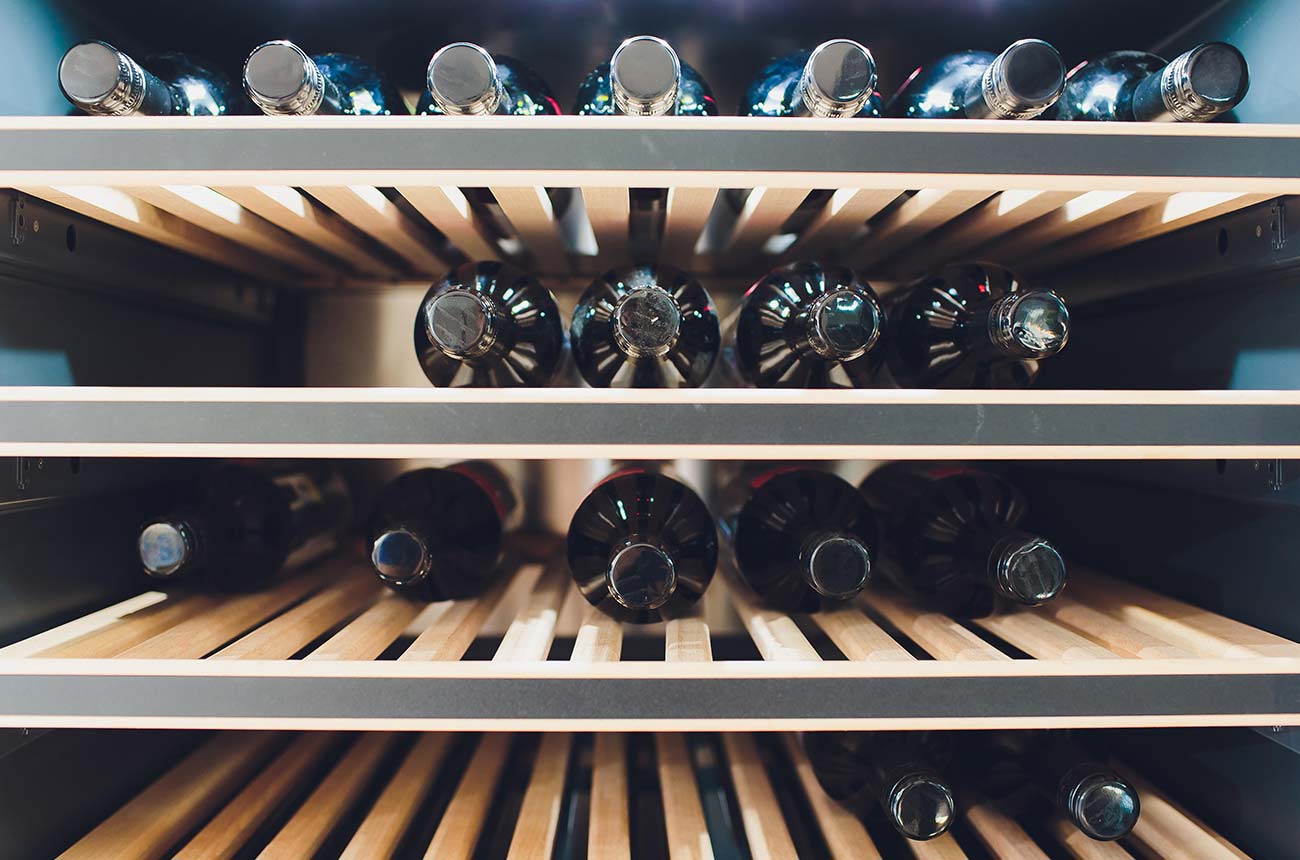

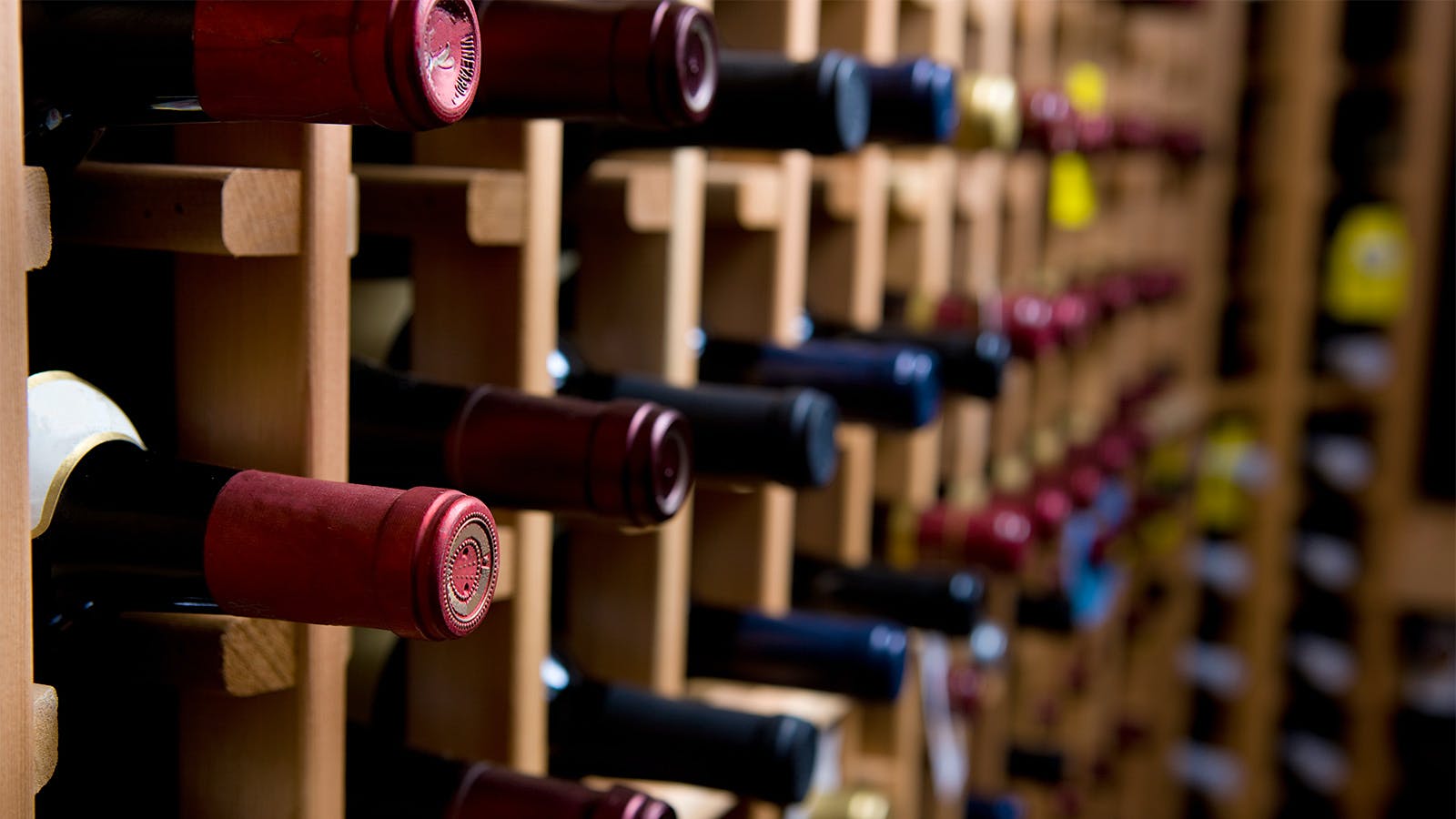

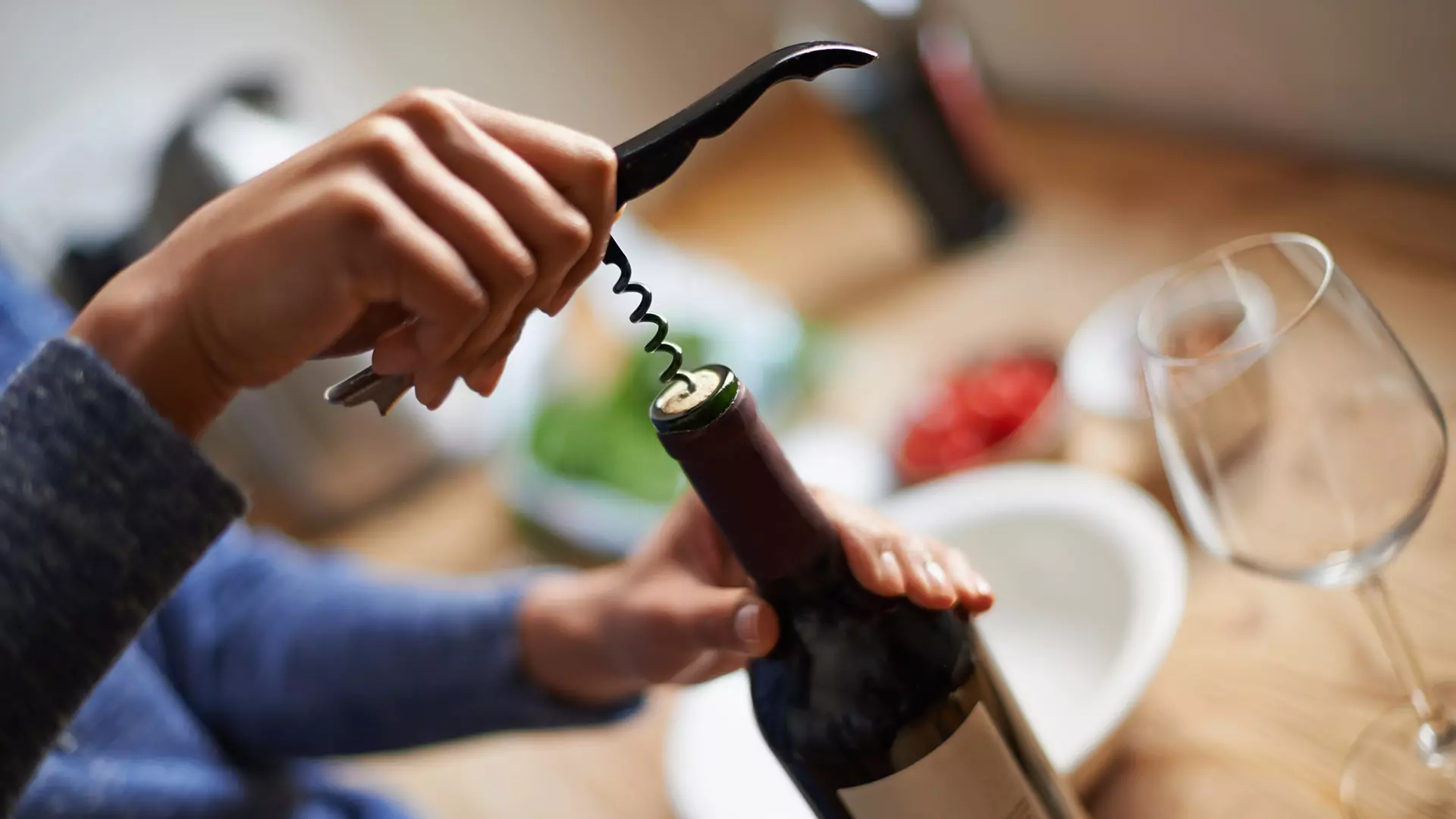
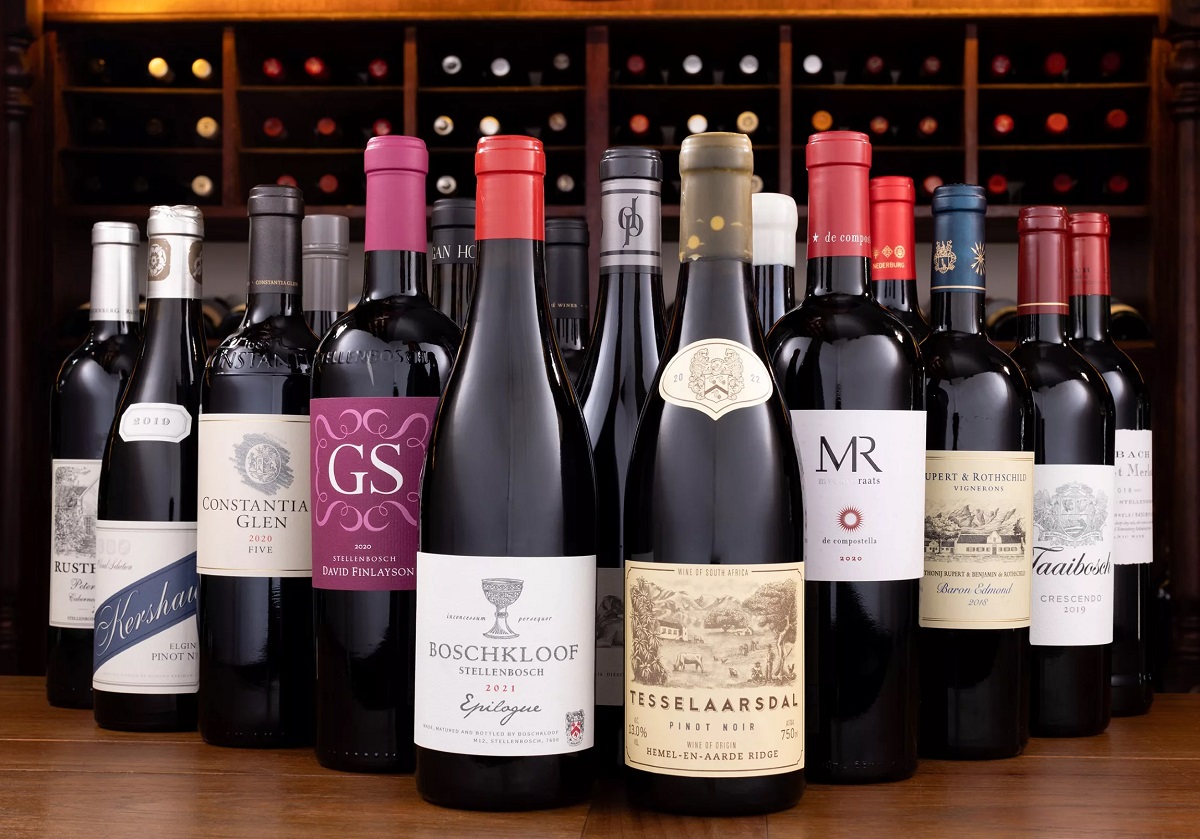
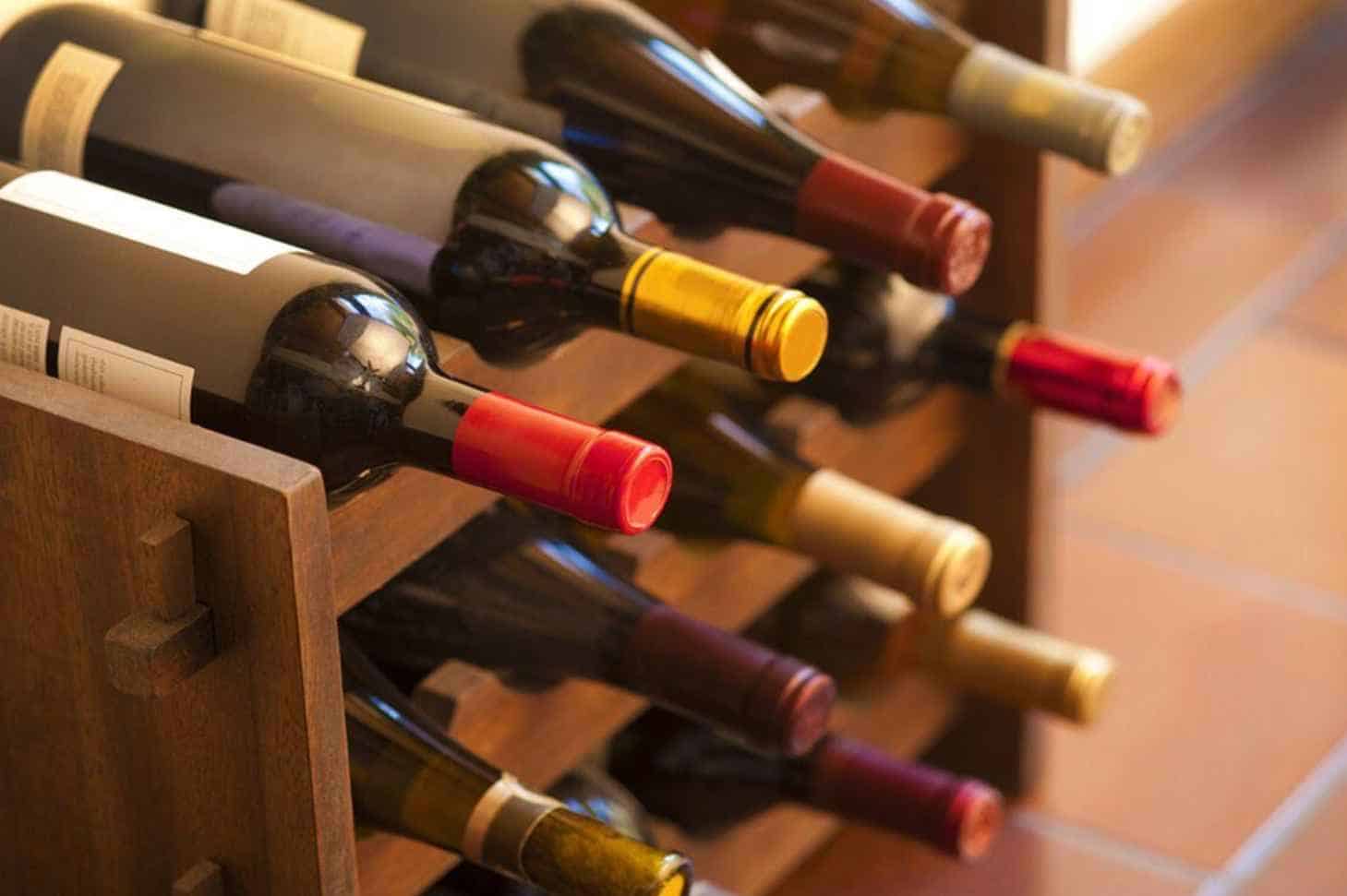
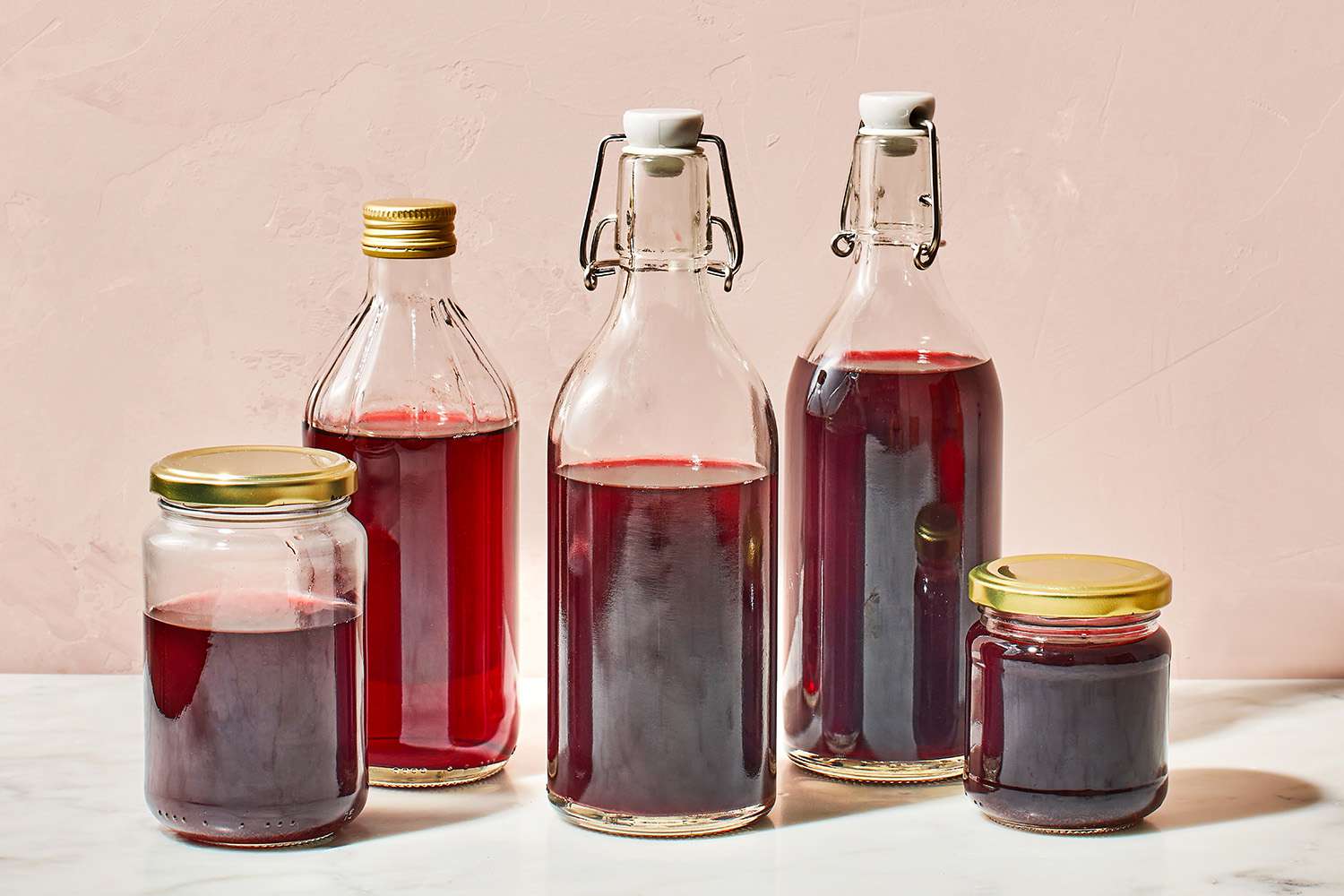
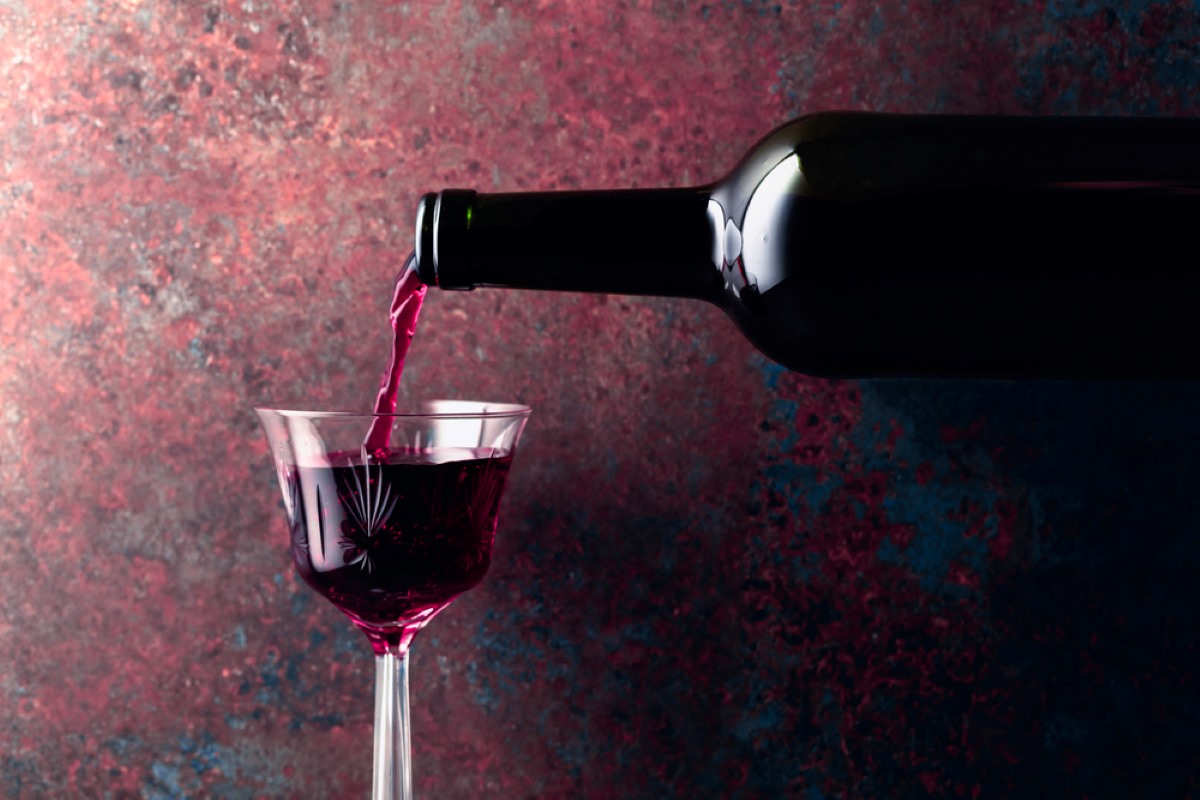

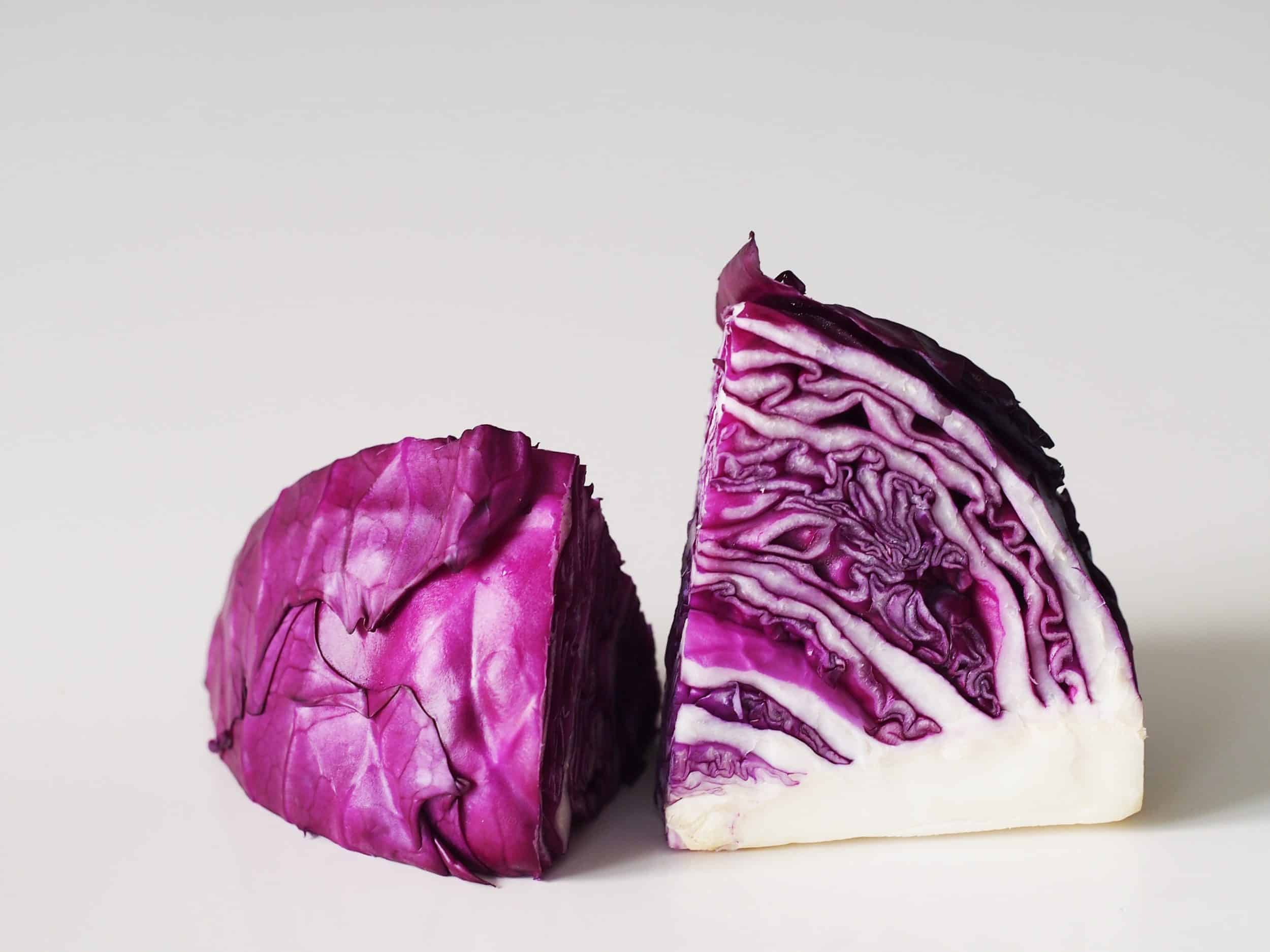
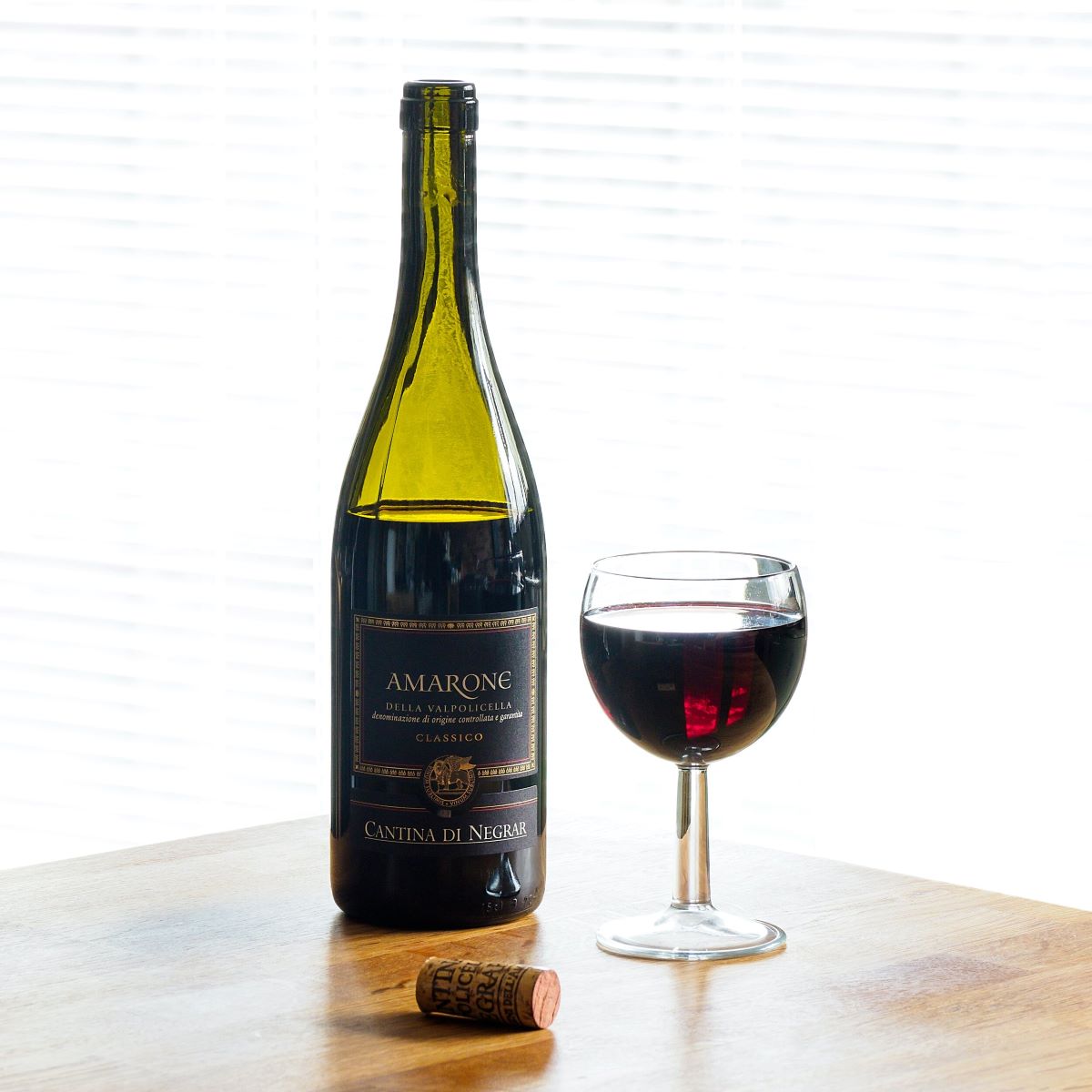
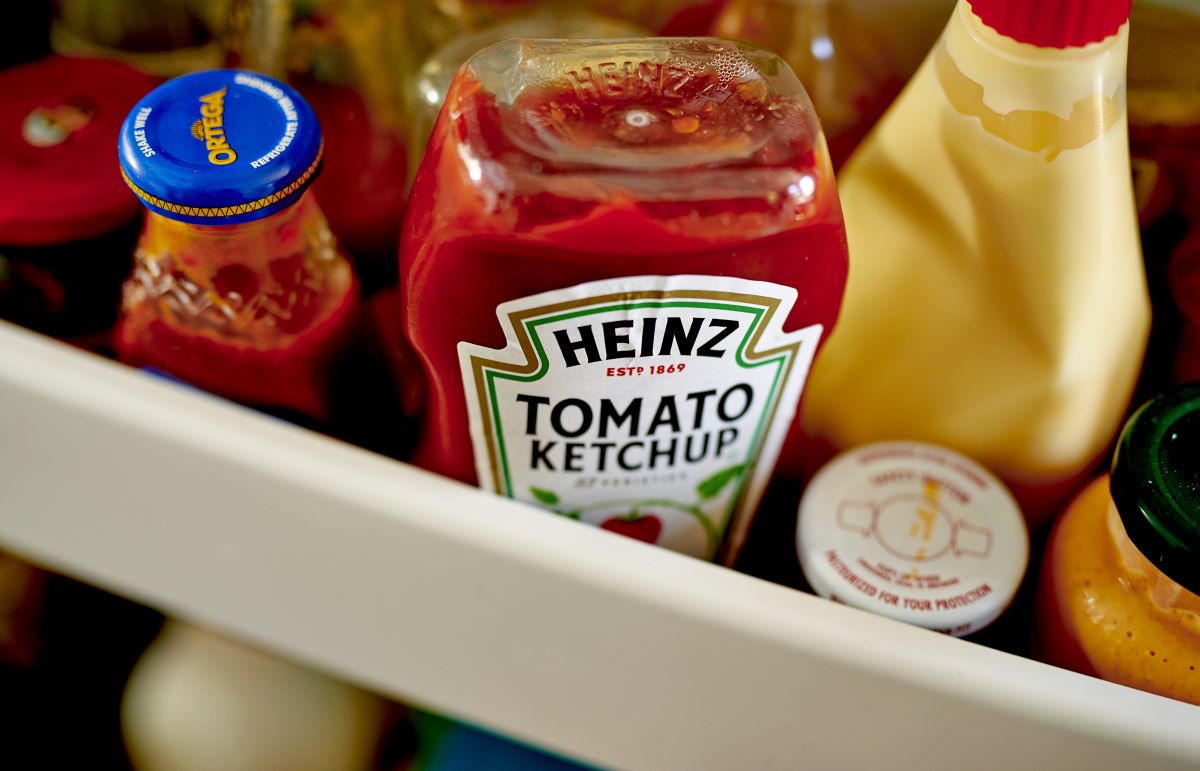

0 thoughts on “How To Store Red Wine After Opened”